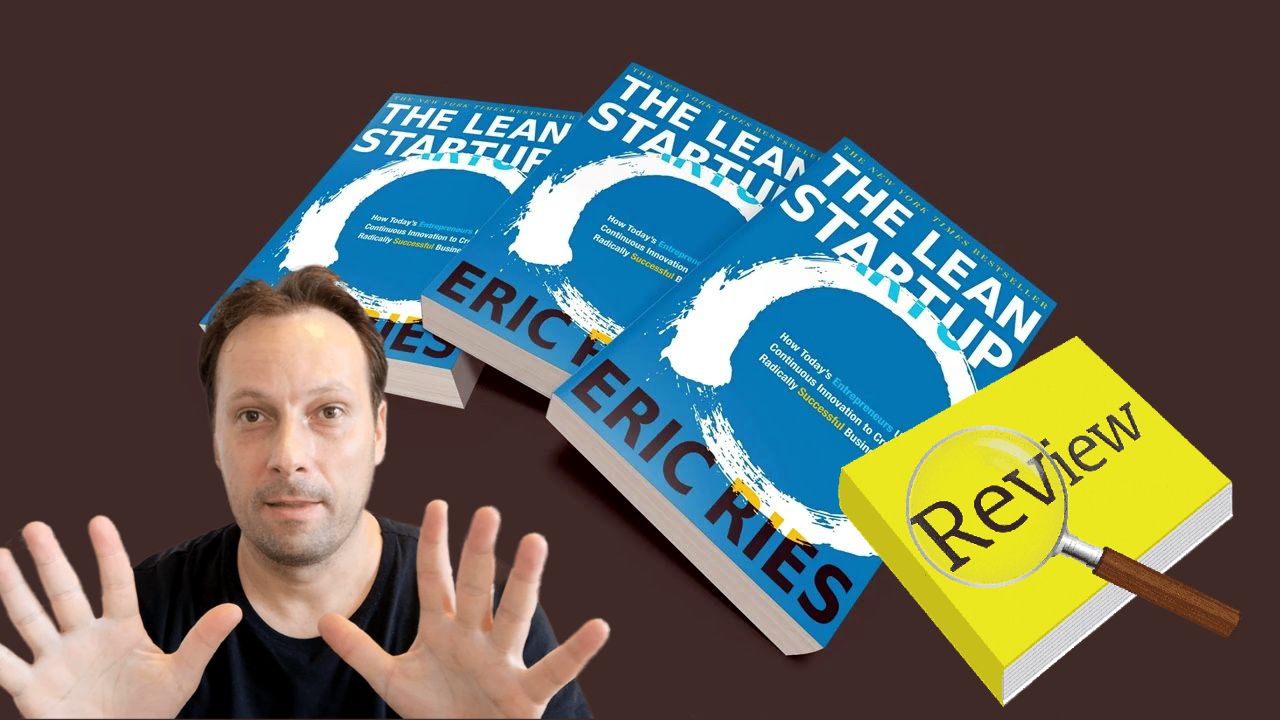Embarking on the voyage of entrepreneurship often feels like navigating uncharted waters filled with both thrill and uncertainty.
In this tumultuous sea, Eric Ries’s “The Lean Startup” has been a guiding compass lighting my way and reshaping my perspective.
Through captivating concepts like “Build-Measure-Learn,” “Validated Learning,” and “Continuous Deployment,” this book has revealed a new paradigm – one that celebrates experimentation, embraces uncertainty, and nurtures innovation through a relentless pursuit of progress and purpose.
WANT to learn more about Agile Project Management?
What has resonated most profoundly is the book’s capacity to unveil the true heartbeat of entrepreneurship – a dynamic interplay of creativity and analytical thinking.
Concepts like “Innovative Accounting” harmonize metrics with impact, while “Learning from Failure” casts new light on setbacks as stepping stones. Ries masterfully marries intuition with data-driven insights, unveiling a dance that resonates deeply with any aspiring innovator.
My personal voyage through this book has been nothing short of transformative.
With each turn of the page, long-held assumptions began to unravel, replaced by new frameworks and mindsets that fuel resilience and unlock creative potential.
Core concepts like the “Minimum Viable Product” and “Validated Learning” became guiding stars steering me toward greater clarity and alignment.
By the final page, I found myself empowered by a new lens through which to view entrepreneurship – one grounded in bold experimentation, relentless user focus, and the courage to challenge the status quo. The future no longer felt daunting but ripe with possibility.
To fellow dreamers, innovators, and change-makers who feel the entrepreneurial fire burning within, “The Lean Startup” will undoubtedly ignite your passion further.
May its wisdom guide you toward fearless innovation.
But more than anything, may it fuel your inner flames as you navigate your own uncharted waters, embracing uncertainty as the very catalyst for creativity.
The future belongs to the bold – chart of your course.
Check this also: Watch this review before buying the book Scrum The Art of Doing Twice the Work in Half the Time
Follow my Scrum Blog
